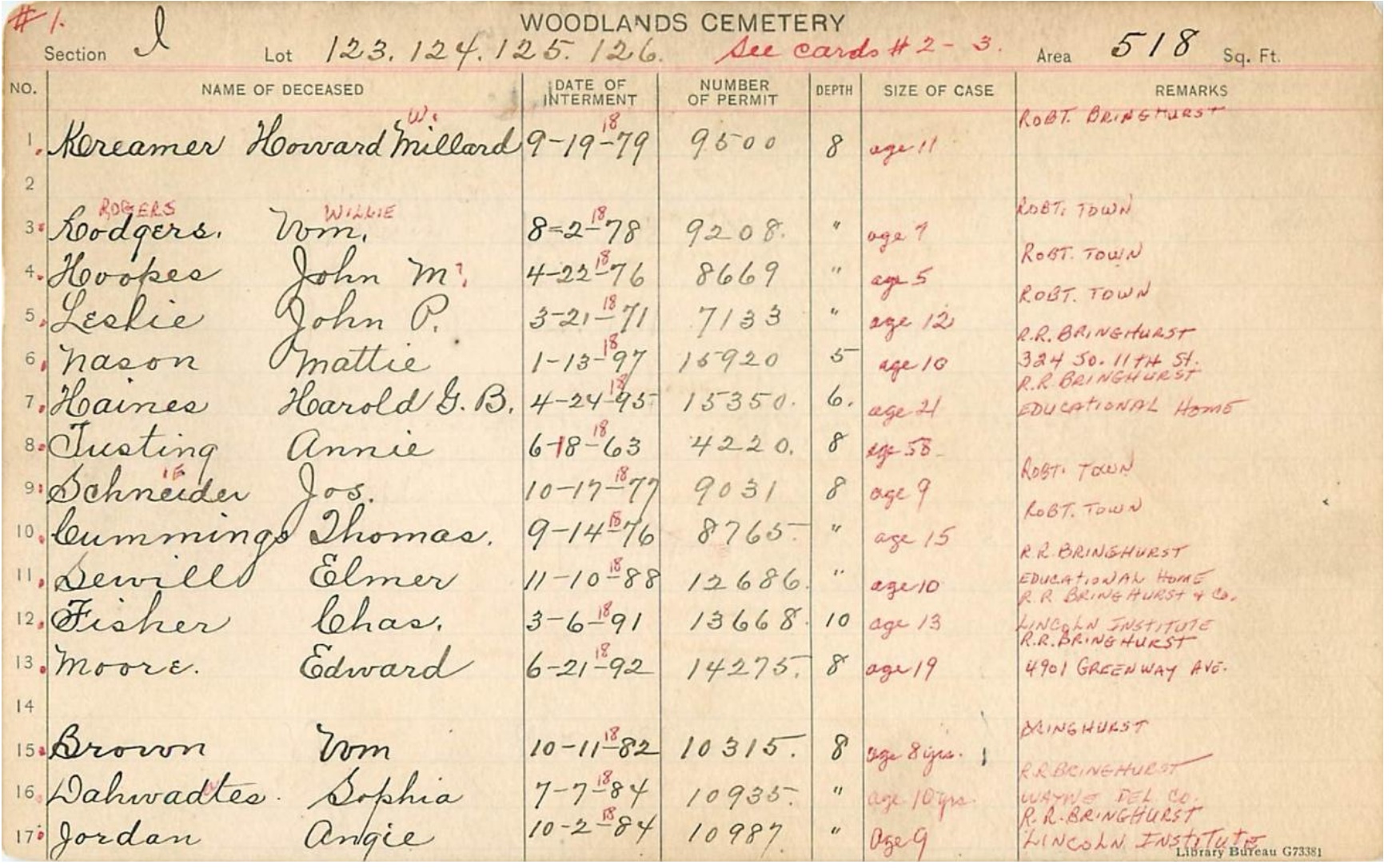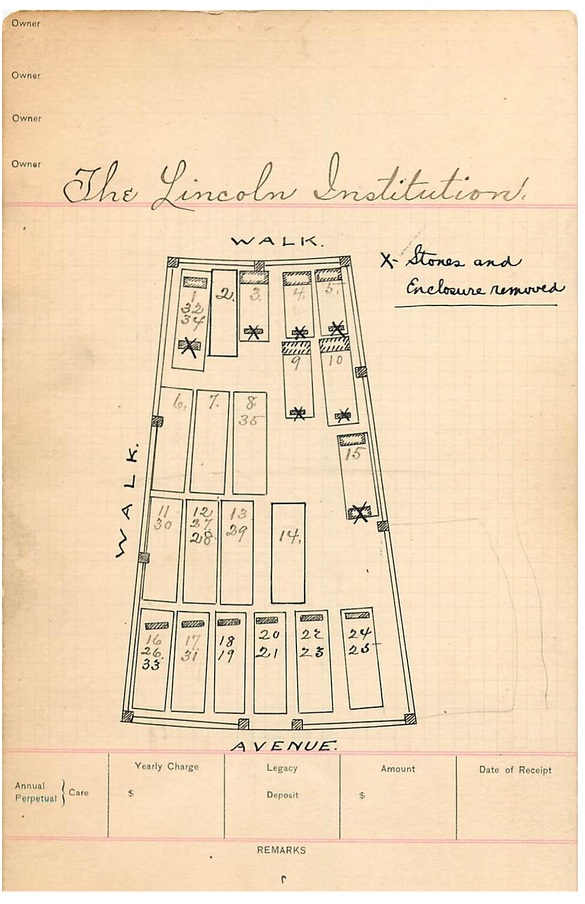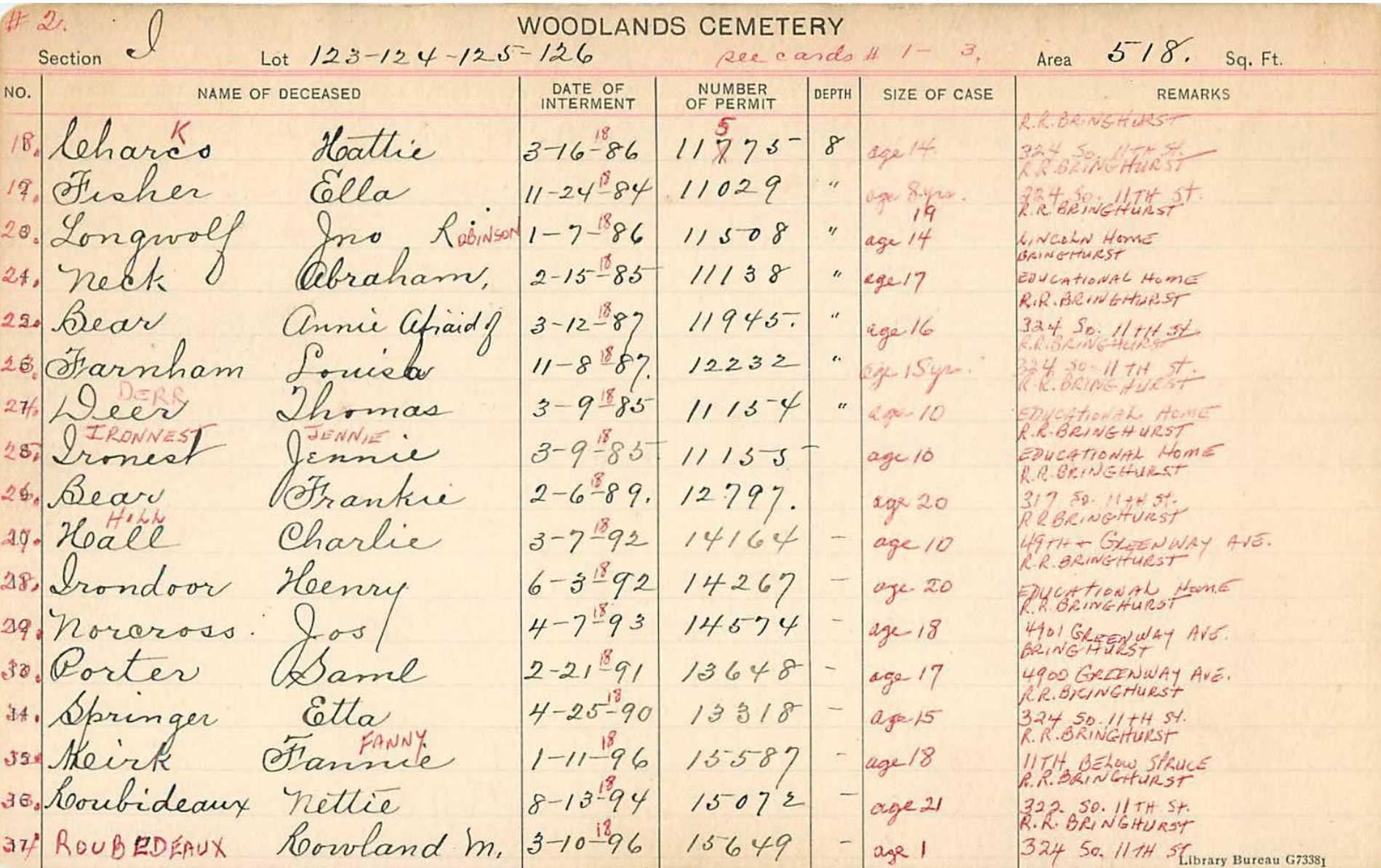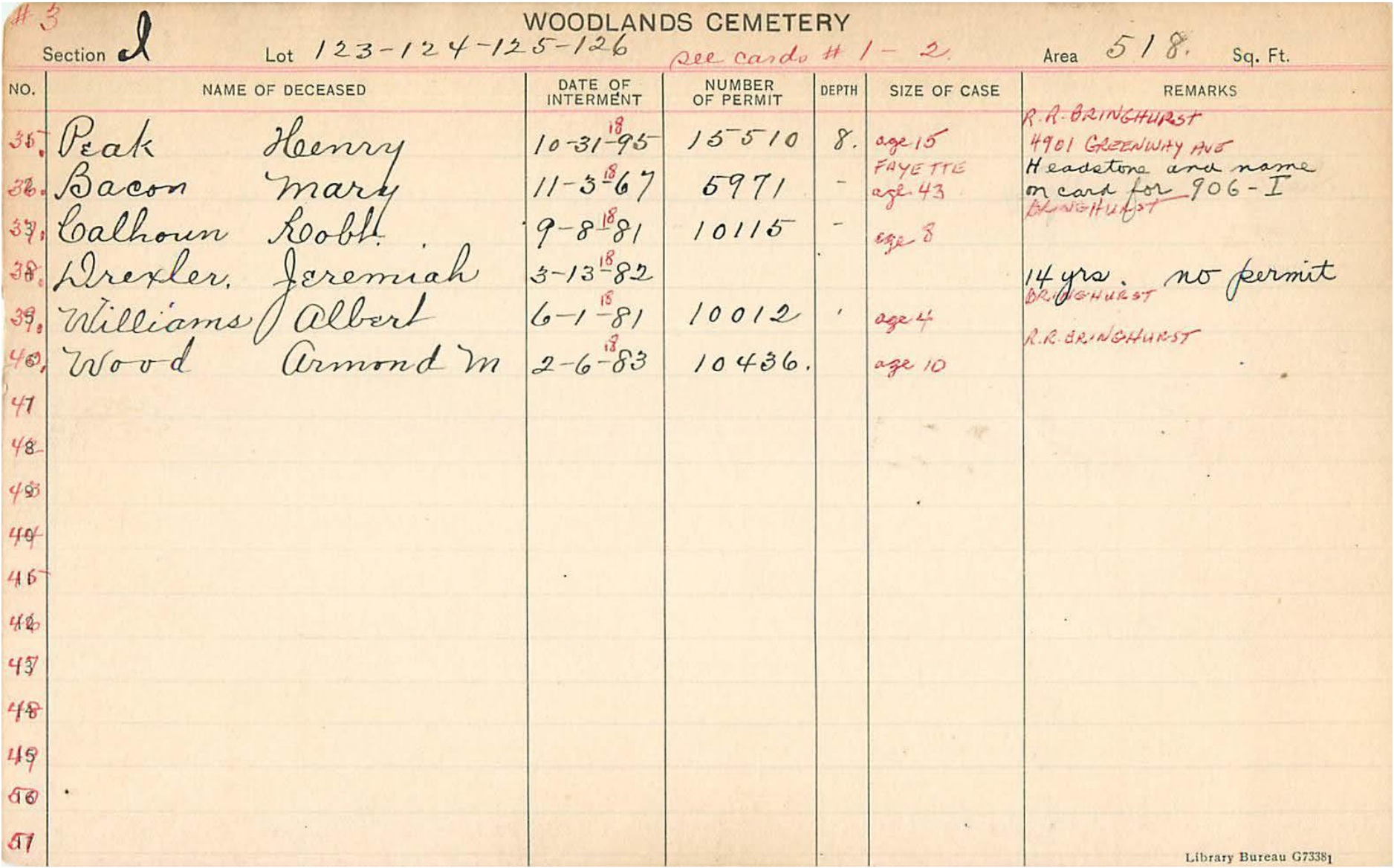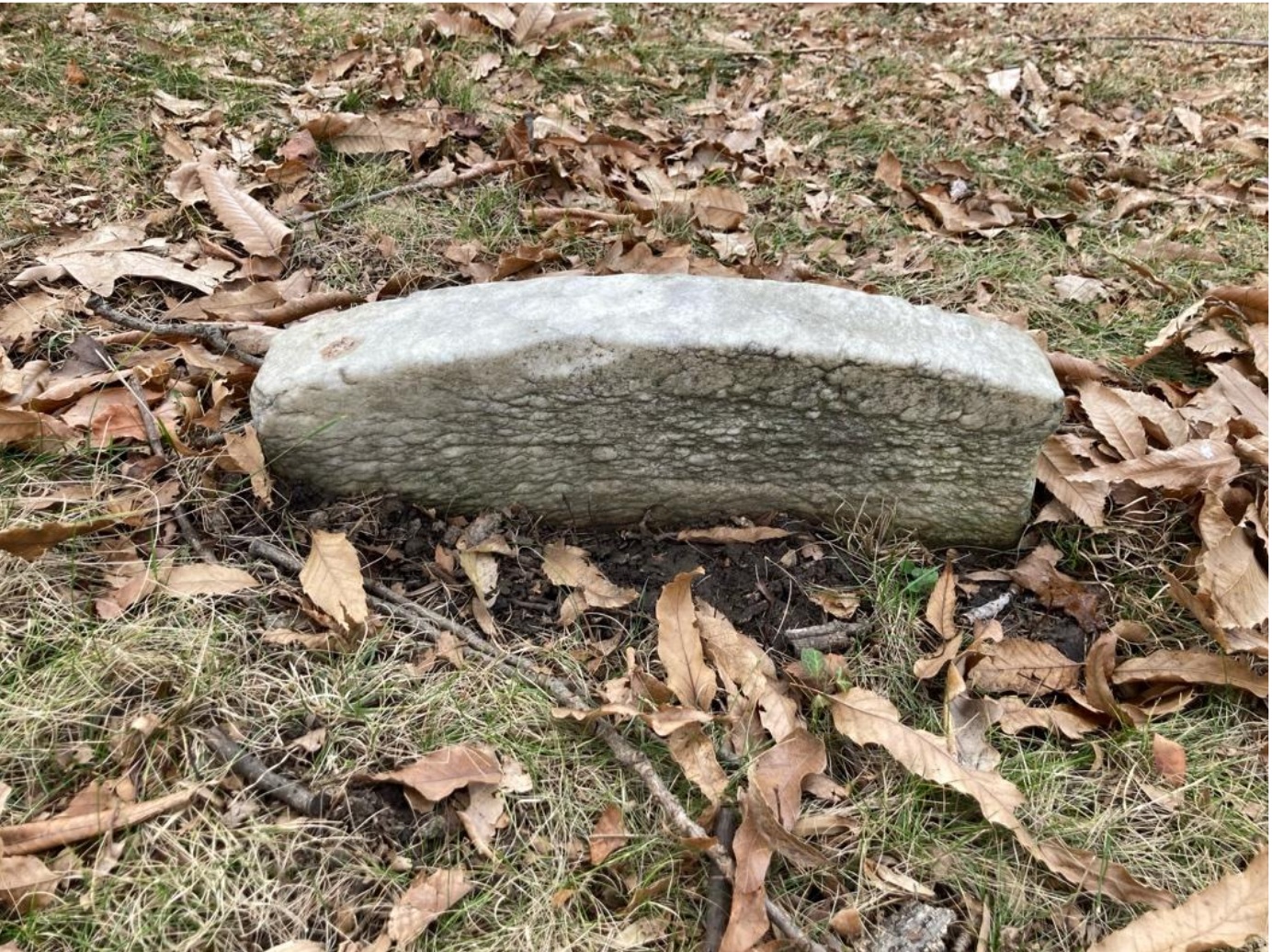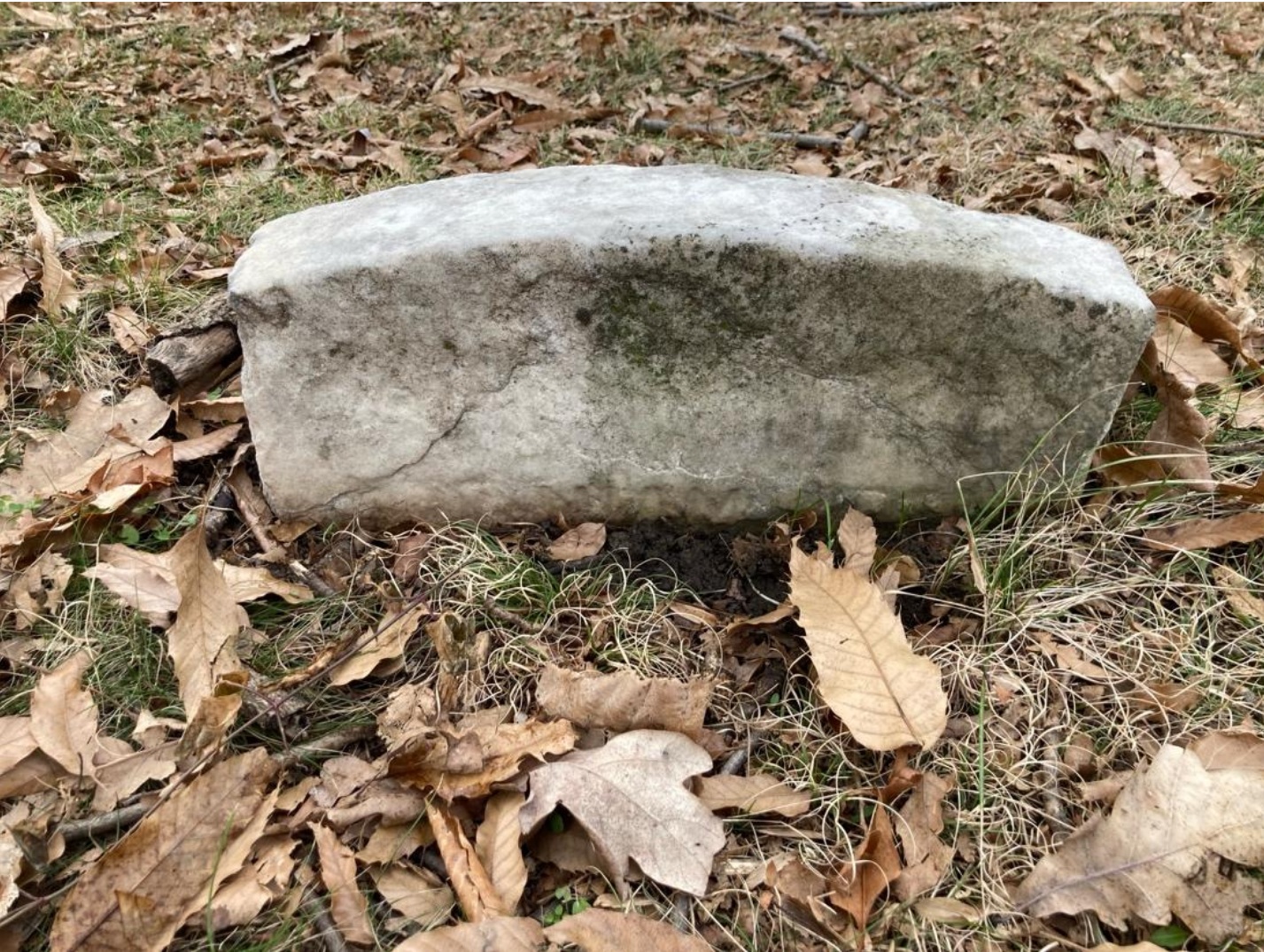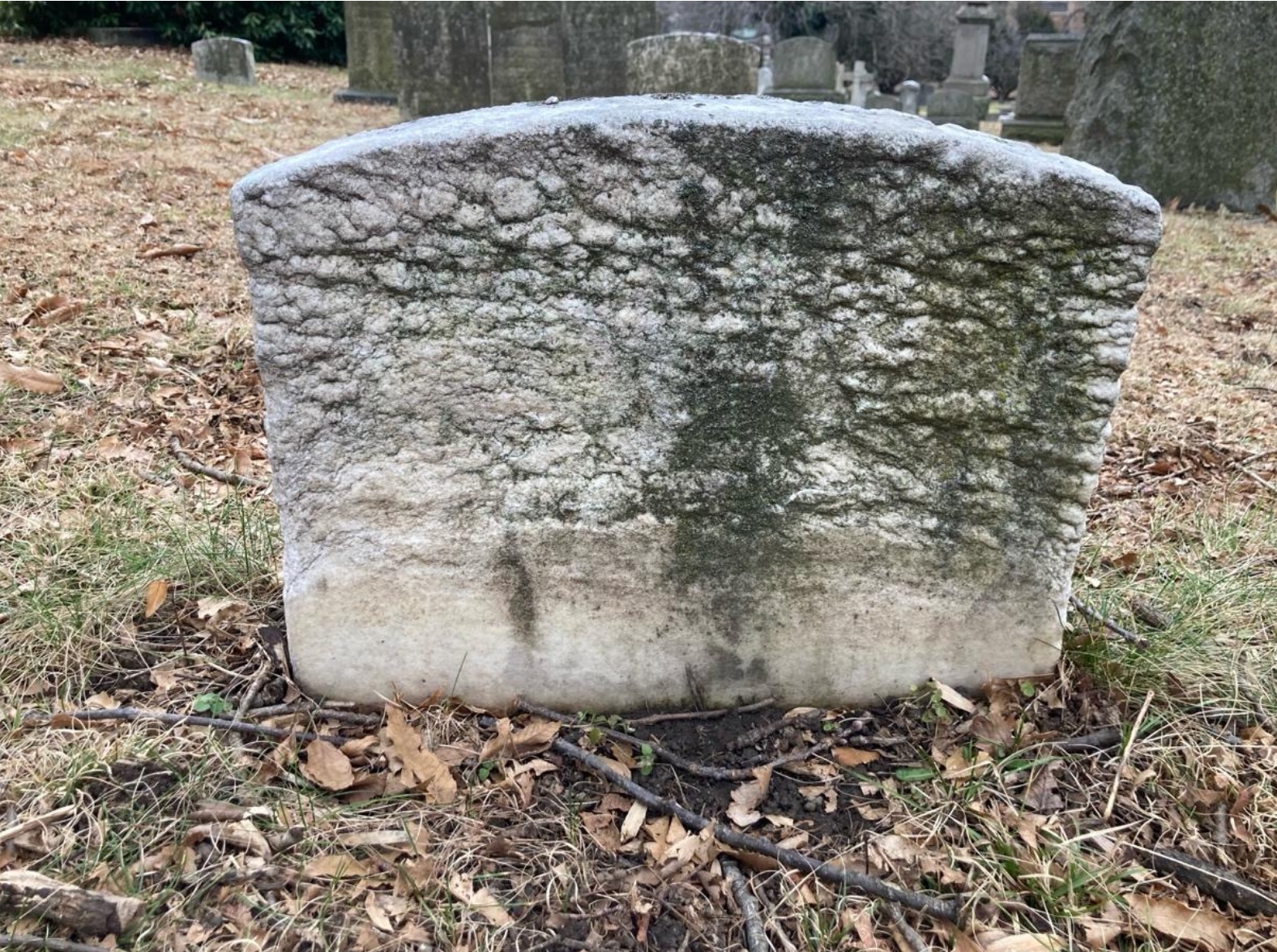|
Tredyffrin Easttown Historical Society Home
: Document Collection Home
Use the links at the left to return.
|
Document Collection |
When Death Records Reveal a Whole Lot More
|
|
This article as written is meant to supplement the overall article on the Lincoln Institution. In the spring of 2024, in concert with my TEHS colleague Mike Bertram, I started researching information for any details about the about Soldiers’ Orphan Schools (SOS), Lincoln Institution (LI) and The Educational Home (EH) in Philadelphia, Pennsylvania, the subsequent Federal Indian Boarding Schools (FIBS), and “Ponemah”, then sited in nearby Upper Merion Township. The recent FIBS initiative, led by former Department of the Interior Secretary Deb Haaland, herself of Native American descent, recounted numerous deaths at these institutions, but we could not find any details about them. We had hit an impasse. The LI and EH each issued annual reports that covered the span of almost 45 years. Of the forty-five (45) Annual Reports we unearthed from various sources, including the Historical Society of Pennsylvania (HSP), Google, internet archive postings, and the babel.hathitrust research site, of the hundreds of pages for the LI, EH, or SOS, only a handful of the SOS annual reports revealed the names of any of the deceased children, some as young as seven (7) years old. We wanted to find out more, but had very little to guide our research. We kept a list of the names of the any of the children who were specifically named in each annual report, whether they were SOS or FIBS children, and the names of physicians in the reports. We knew that these institutions’ annual reports mentioned the number of deaths, but no way to investigate the names of the children or their maladies which led to their deaths. There had to be a way to discover this. Keep in mind that only six of the annual reports were digitized, so we were stymied as to how to research this subject further. I printed out each camera image page - some +/-1,400 pages - scanned each and enabled full text searching capabilities, then proceeded to comb through the hundreds of pages to see if I missed references to specific names of those who perished. Nothing was leading me to learning more about the names of the children who passed - their identities or causes of death. There were only cursory references to deaths at the LI or EH sites. I then commenced to read each annual report to see if there were hidden errant discoveries. Below is an example of the kind of reference to children’s deaths: LI 1868, p. 8. We wanted to put childrens’ names with dates, causes of death to see if there was any pattern, and possible references as to where the children were laid to rest.
Woodlands CemeteryBefore we could proceed, we first needed to understand the general structure of the LI and EH before we could dive into specific questions, and we had to get a grasp at the kind of information that was available - and unavailable - in the annual reports. In our various passes and searches both online and on paper copies of these annual reports, there was a surprise reference to a “lot” of ground that was donated to the Lincoln Institution in 1870. (LI 1871, p. 9) - “The Managers desire to acknowledge in this report, the very liberal donation of a lot of ground, containing 500 square feet, from the Woodland Cemetery Company;… ”
I had an idea. Searching online for Woodlands Cemetery near Philadelphia, I found such a cemetery site. Not yet then understanding what I was going to search next, I had to get some modicum of information about the standard Who, What, When, Why, and Where. Once I had some basic intelligence about the breadth of years we were looking for, and the possible causes of death, I reached out to the Woodlands Cemetery archivist in Philadelphia. In some of the annual reports, there was some mention of deaths and causes, but nothing specific to track down individual names. Explaining who I was, what, when, and why I was researching such an historical inquisition, the archivist couldn’t have been more accommodating. Once I shared the reference from the 1871 LI annual report that referenced Woodlands Cemetery, the archivist provided me with a goldmine of information. Had I not asked, we may have never been able to know the names of these children. This is what the archivist provided - a legible, meticulous handwritten multipage index identifying the children who perished, the date of interment, the age of the child, and the undertaker’s name. This is exactly what I needed to find death records. Without a name – or at the very least, a year of death - searching through the Philadelphia Death Records one by one, some +/-6,000,000 individual record entries was a non-starter.
p. 1 of 3 pages of the Woodlands Cemetery for lots 123, 124, 125 and 126 – matching the earlier +/-500 sq. feet as mentioned in the earlier annual report noted above; pages 2 and 3 are at the end of this article. Eureka! Armed with a name to search through the Philadelphia Death Records for Woodlands Cemetery was now a real possibility. Courtesy of a fellow archivist, I was alerted to the familysearch.org dedicated free website that covered the city of Philadelphia Death Certificates from 1803 – 1915. I now had a child’s name, a date of interment – usually two days following death – and a probable cemetery, Woodlands. I knew there was no guarantee that I would locate any of the deaths, but now I had enough information that I could proceed – albeit cautiously. On my first foray into the familysearch.org records, I was extremely successful. In many cases, even the spelling of the name matched. I was lucky. When I couldn’t find an actual Death Certificate, I resorted to an accompanying Index Register Entry, and in some cases, that approach was successful. Here is an example. Reviewing NARA records (see separate article), I inadvertently noticed that on some of the index pages there appeared an almost undecipherable entry labelled either Indian or (I).
Following out the entry to the right on this page 689 of 694, it showed that this “Indian” death was of a 17 year old of “La Grippe” in the 1898 death index record and an R.S. Lynd was the Attending Physician. I then checked to see if I could locate this Native American death at the listed “Fernwood” Cemetery, but unfortunately, I could not locate it. However, the address is listed as 49th and Woodland Avenue, EH’s address, and interment was at Fernwood. Confirmation that this was a 17 year old Native American who perished at the Educational Home.
Source: https://www.familysearch.org/ark:/61903/3:1:S3HY-6WJQ-41N?view=index&action=view&cc=1320976&lang=en&groupId= Using the combined approach of reviewing both the Register Index entries and the actual Death Certificates, using various name iterations and dates of death, I was able to identify 47 children who perished at either the LI or EH as orphaned children of Civil War soldiers or Native American children. The causes of death were also revealing, everything from tuberculosis, tetanus, typhoid fever, measles, and other ailments that at that time, were serious, usually deadly illnesses. Using the information I unearthed from Woodlands Cemetery, the familysearch.org Philadelphia Death Records and indices, Physician’s Reports from the annual reports, and corroborating information in other materials, we at last could put a name to a child. I also kept a running list of Physicians at LI and EH, Undertaker’s and Reporting Physicians names to see if they matched anything in the Philadelphia Death Certificates or Indices. To date, unfortunately but not unexpectedly, we have been unable to locate any actual images of any of the SOS, LI, or EH children individually – other than a single Ponemah image and a few group images taken in the 1900s. I still feel confident that we can now represent that these children have a name, cause and date of death, and identity. The images in annual reports of children at Ponemah are from the 1910s and beyond which by this time, they are all white Protestant boys, not Soldiers’ Orphans nor Native Americans / Indians. My colleague posted on the TEHS website, under Document Collection, doc837 (Indian) and doc801 (Soldiers’ Orphans) documents which detail specific information about each death I located. Each document also presents a copy of the original Death Certificate which I found. We suggest you browse through these two lists to better understand the background information. Fernwood CemeterySince I had so much luck with Woodlands Cemetery listing identifying children’s names by burial site identified as specific to the LI or EH, I next tried Fernwood Cemetery which I discovered mentioned in one of the Philadelphia City Register indices. These deaths were a lot more difficult to locate because Fernwood Cemetery was only searchable if you knew the specific name. Because Fernwood had no such listing of Native American children buried in their cemetery like Woodlands Cemetery did, I had to again review the Philadelphia Register Index, page by page, and I went through almost 700 index pages to see if I could find any reference to Fernwood. Fortunately, I found one death that showed Fernwood Cemetery – ironically the same entry that showed “Indian”, Antoine Kabouser. Searching Fernwood Cemetery in Philadelphia, I noted that it too was in the general vicinity of the EH, so I contacted their archivist, but I could not locate any information without a specific name. Stymied again, I went back to the Register indices and painstakingly reviewed the same index record hunting for an illusive reference to either Indian (I) or Fernwood. Once I knew what I was looking for, it was just a question of slogging through the hundreds of pages. In not so short order, I was able to locate an additional ten (10) entries in the index register, and these had a specific child’s name. Armed with that, I then researched each name in the familysearch.org name index and found all 10 death certificates. I was very lucky – after many, many hours of searching. The moral of this explanation is never give up. The most difficult research in this entire project was to come up with alternative search options as I did NOT originally have any names of the children. The annual reports rarely identified children and when they did, it was only for Soldiers’ Orphans, not Indians. Sometimes ideas need germination and it wasn’t until I thought about another way into these records without individual names did the proverbial “lightbulb” go off, suggesting an alternative way to identify Soldiers’ Orphans and Native American children. In the end, I was able to identify the following Soldiers’ Orphans and Native American children who perished at either LI or EH, their causes and dates of death, and their burial sites. I believe this was the least we could do for the suffering these children endured, whether orphaned by the Civil War or subject to the then current federal Indian policies. SOS (Soldiers’ Orphan School) deaths at Lincoln Institution - 14 deaths
I found it odd that 2 early teenage boys, age 13 and one 14, died from “exhaustion.” Indian deaths at Lincoln Institution or Educational Home - 33 deaths
(Above) Woodlands Cemetery, Philadelphia, layout of the plot dedicated to Soldiers’ Orphans and Native American children who perished at either Lincoln Institution or Educational Home
(Above) pages 2 and 3 of the index to Woodlands Cemetery where children from either Lincoln Institution or Educational Home who were Soldiers’ Orphans or Native American children were buried Lastly, Woodlands Cemetery was kind enough to include images of several gravestones marking the respective Lot numbers 18, 19, 20, 21, 24, and 25. After over 100 years, any monument inscriptions that may have been made are sadly worn away and unreadable on the porous stones. I am confident that we have looked at every possibility known as of today to locate, identify and give names to the children who perished at the Lincoln Institution or the Educational Home. We hope that the research we have done on these facilities will assist at least one family yearning to know what happened to their ancestor.
References
Document History
|


